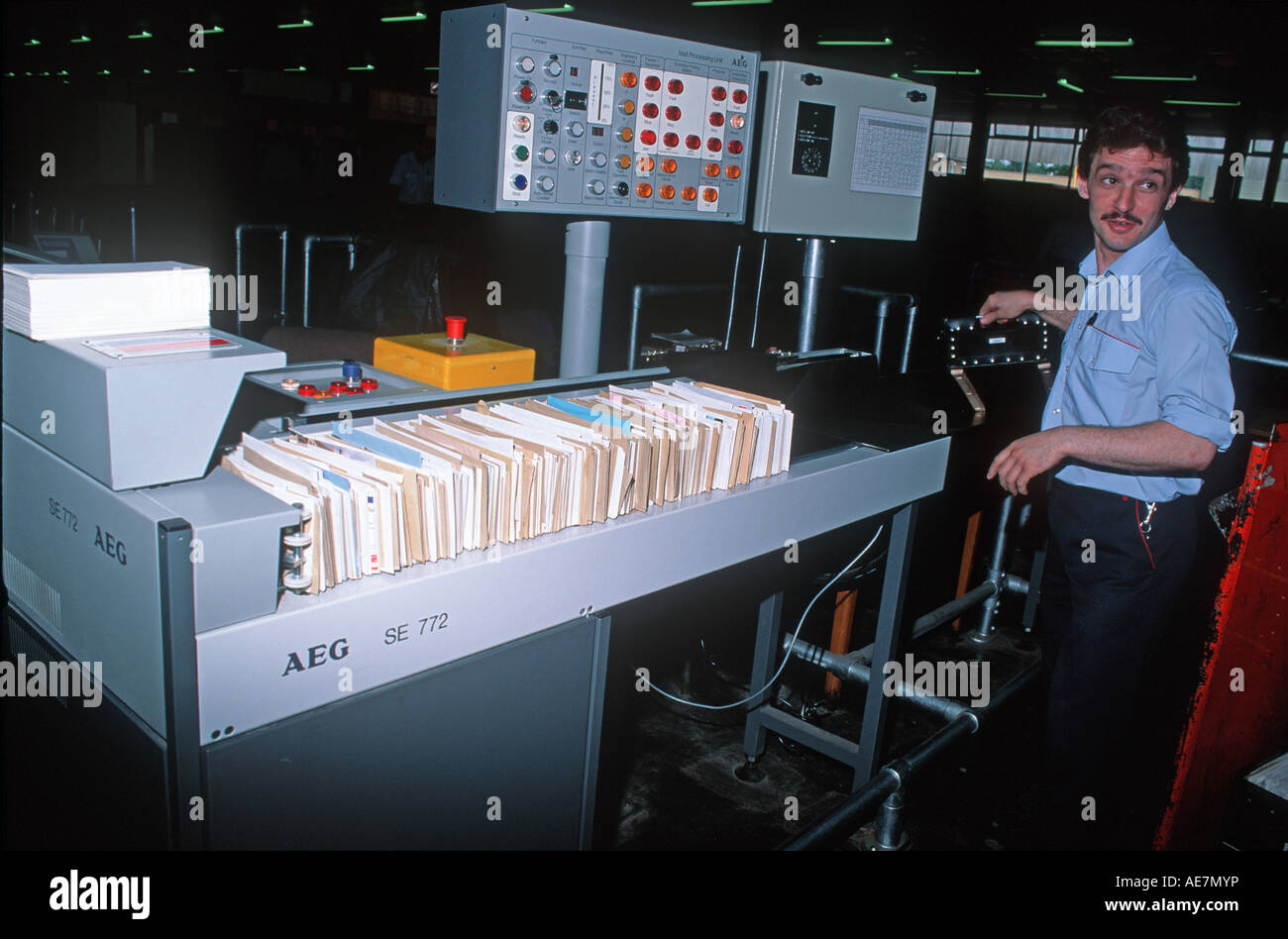My initial goal entering this project with this data set was to create a visual that would show how pensions progressed over the century (1806-1883). While I was unable to accomplish this for my initial “rough draft,” I do believe it is possible. I encountered issues immediately as the dates are not in chronological order within the spreadsheet. Instead, the data had been entered in alphabetical order based on the recipient’s name. While this is the correct way to do this for official documentation, it poses an issue for someone like me that hopes to find trends in the data. Another problem that was readily apparent was the lack of explanation describing the wound or reason for receiving a pension. While most of the descriptions are easy to interpret, some are difficult to discern and makes analysis a bit more troublesome.
For my first visualization, I decided to keep things simple. On the left hand side you will find the various wounds and reasons for receiving a pension. The columns represent the average amount that was paid out on a monthly basis. I also sorted the data from the highest monthly payment through the lowest. By looking at the data this way we can see that a soldier who, as a result of either a combat injury or other military related accident, came to become fully blind. He received, on average, $72. This of course fluctuates when looking at each individual case but what I am interested in is the average. To put this into perspective, using an inflation calculator, we can see that in 1845 (using this as a mid-point), $72 would have the same buying power today as $1849.28. It is important to take this with a grain of salt as statistics are not readily available pre-1913.
By looking at the various dates of allowance, we can conclude that most of the injuries sustained were a direct result of the Civil War (1861-1865). The many different gunshot wounds received shows that not only were African-Americans involved in the war in some capacity, but that they were actively involved in harsh fighting on the front lines. The people listed in this census are only ones that live in the Albany, NY region and who actually submitted a formal request for a government pension for their injuries. 921 names are represented on this census. Imagine the number of African Americans that did not sustain injuries and are from other locations scattered across the many states. Just by thinking of this, we can conclude that not only did African Americans fight in the war, but they made a large contribution to it as well.
As a final note, in my final project I hope to have my copy of the census worked out to be organized in chronological order rather than alphabetical. I believe this will help paint an interesting picture that will help show how one injury may receive less, or more, compensation than that of one reported decades later.

